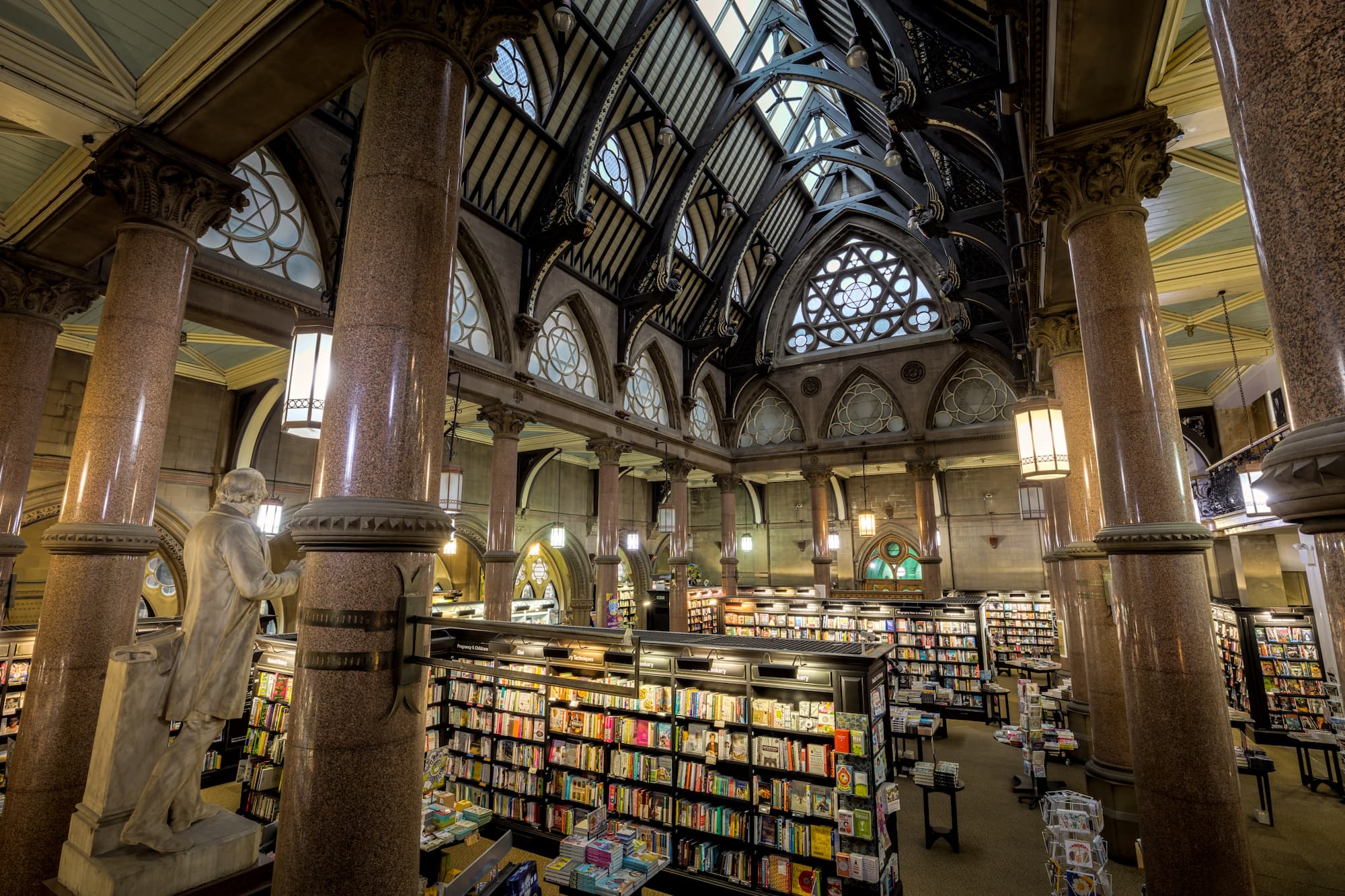Historical novels may not be on everyone’s must-read list. However, you are missing out if you have not considered reading at least one of them. First and foremost, it’s a great take on the historical events during a certain time period. You are given a unique opportunity to live through an unforgettable experience and feel what it was like by following the paths of the main characters. Secondly, it’s a great way to learn more about history as you won’t even notice how quickly you start memorizing historical facts when you are reading a novel. Thirdly, consider reading historical fiction if you have no idea what to read next. You might be surprised how fascinating the plot of a historical novel can be. Finally, such a novel can serve as a great distraction from the hectic life and all the troubles you have to face but can’t be bothered to pay attention to at this particular moment. Here are top 5 historical novels you should definitely read.
“The Blue Flower” by Penelope Fitzgerald
This was the last novel she wrote. It focuses on the fascinating and complicated life of a German poet Novalis whose real name is Friederich von Hardenberg. The novel is set in 18th century Germany, and the whole story about the poet is a bit dramatized. However, it does not make it any less interesting to read. Penelope Fitzgerald tells the story of a young love between Novalis and Sophie. They managed to get engaged later on, but Sophie died of tuberculosis two years after the engagement. The way in which this story is presented can be best described as having a lot of impressionistic scenes and being full of shifting perspectives. The novel is often regarded as one of Fitzgerald’s finest works.
“Property” by Valerie Martin
Valerie Martin touches upon the history of slavery in her novel. To be more specific, she focuses on one particular slave plantation, and the action takes place in the 1830s. The novel is considered to be a brutal and devastating portrait of life on slave plantations that was unfortunately rather common during those times. The narrator of the story is Manon who is the wife of a plantation owner. She doesn’t love her husband and feels trapped because of their marriage. For this reason, she decides to rebel against him in order to make her life better. While not being happy in her marriage and feeling the need to get out of it, Manon is somehow unable to understand how terrible the life of slaves is both on her own plantation, as well as throughout the whole country.
“I, Claudius” by Robert Graves
This novel is a fictional autobiography of the 4th Roman emperor. This format was used by the author to present an alternative story of Claudius and his predecessors. Thus, the author gets to have a little bit of fun and present the Emperor in any light he wants which makes this book extremely absorbing to read. Robert Graves benefits from the artistic liberty of the written word which gives him an opportunity to endow the main character with the qualities he never possessed.
“Romola” by George Eliot
The novel deals with the Renaissance period in the city of Florence. The author tells the story of two people – Tito Melema who is an Italian-Greek scholar and his wife Romola. Tito strives to become a politician while Romola enjoys living an unconventional life. What is interesting to highlight is how easily one can spot similarities between Victorian Britain and the way in which the city of Florence is portrayed in the book. Apart from the plot, this is another fascinating aspect to pay attention to while reading this novel.
“Wolf Hall” by Hilary Mantel
In this novel, Hilary Mantel portrays the life of a Tudor statesman Thomas Cromwell. This particular novel is the first in a series of novels that deal with the same topic. Hilary Mantel manages to describe the ambitious and brilliant mind of Thomas Cromwell with remarkable detail. What is more, reading this novel is a great way to familiarize oneself with the events of Tudor history in case one needs to learn more about this particular time period.


